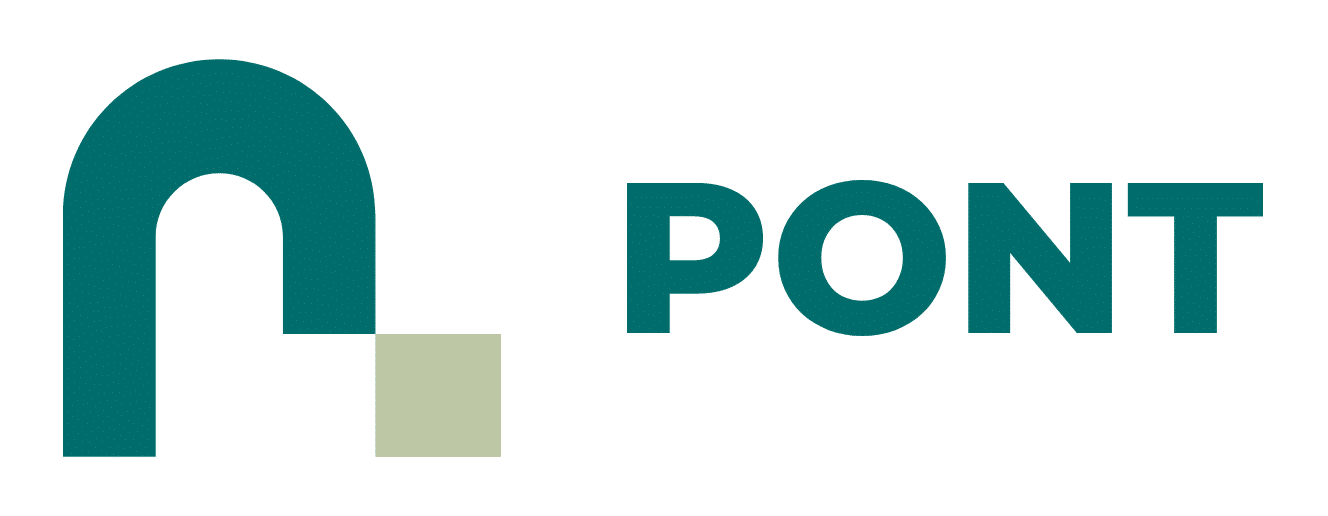The European Securities and Markets Authority (ESMA), the EU’s financial markets regulator and supervisor, is publishing the last package of final reports containing regulatory technical standards and guidelines ahead of the full entry into application of the Markets in Crypto Assets Regulation (MiCA). ESMA has delivered extensive regulatory work over the past 18 months, comprising more than 30 Technical Standards and Guidelines, many of them developed in cooperation with the European Banking Authority (EBA).
Verena Ross, ESMA Chair, said: “The entry into force of the MiCA regime from 30 December 2024 marks a significant step towards having a regulatory framework for the crypto market in place. Nevertheless, it is crucial to recognise that the new regime would not suffice to eliminate the inherent uncertainty and volatility in the crypto-assets market, and investors should fully understand the risks before engaging in this space. Looking ahead, as the transitional period progresses, we will continue to provide guidance and work with all NCAs to ensure the smooth implementation of MiCA and to support a level playing field through supervisory convergence actions.”
Today’s package contains:
- Regulatory Technical Standards on market abuse that specify systems and procedures to prevent and detect market abuse in crypto-assets, the template for reporting suspected market abuse in crypto-assets as well as coordination procedures between competent authorities for the detection and sanctioning of cross-border market abuse situations. These rules will enable supervisors to address suspicions of market abuse and follow up with enforcement actions where necessary.
- Guidelines on reverse solicitation that confirm ESMA’s previous message that the reverse solicitation exemption should be understood as very narrowly framed and should be regarded as the exception and not be used to circumvent MiCA requirements. This exemption only applies to cases where the client is the exclusive initiator of the service. Guidance is provided on the limited circumstances where this may be the case.
- Guidelines on suitability that specify how crypto-asset service providers (CASPs) providing advice on crypto-assets or portfolio management of crypto-assets have to give suitable recommendations to their clients or make suitable investment decisions on their behalf. These rules are aligned with the MiFID II requirements so that CASPs providing advice both under MiFID II and MiCA would be subject to similar requirements.
- Guidelines on crypto-asset transfer services that aim at ensuring investor protection for clients transferring crypto-assets, by specifying the policies and procedures that CASPs should have in place.
- Guidelines on qualification of crypto-assets as financial instruments who provide conditions and criteria for the qualification of crypto-assets as financial instruments. The guidelines aim to provide more clarity about the delineation between the respective scopes of application of MiCA and other sectoral regulatory frameworks (notably MiFID II).
- Guidelines on the maintenance of systems and security access protocols that apply to offerors and persons seeking admission to trading who are not subject to the same operational resilience standards under MiCA and DORA as their CASP and issuer counterparts. Therefore, the guidelines provide for a streamlined set of principles for entities in scope to manage their ICT risks.
Next Steps
The priority for ESMA will be to continue the collaboration with national competent authorities during the transitional period and to ensure that MiCA’s provisions are fully implemented and evolve in line with the changing landscape of the crypto-asset market. The guidelines will be translated into the official EU languages and published on the ESMA website. They will apply from three months after the publication of the translations. The final reports with the draft RTS have been submitted to the European Commission for adoption.






